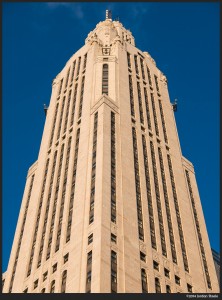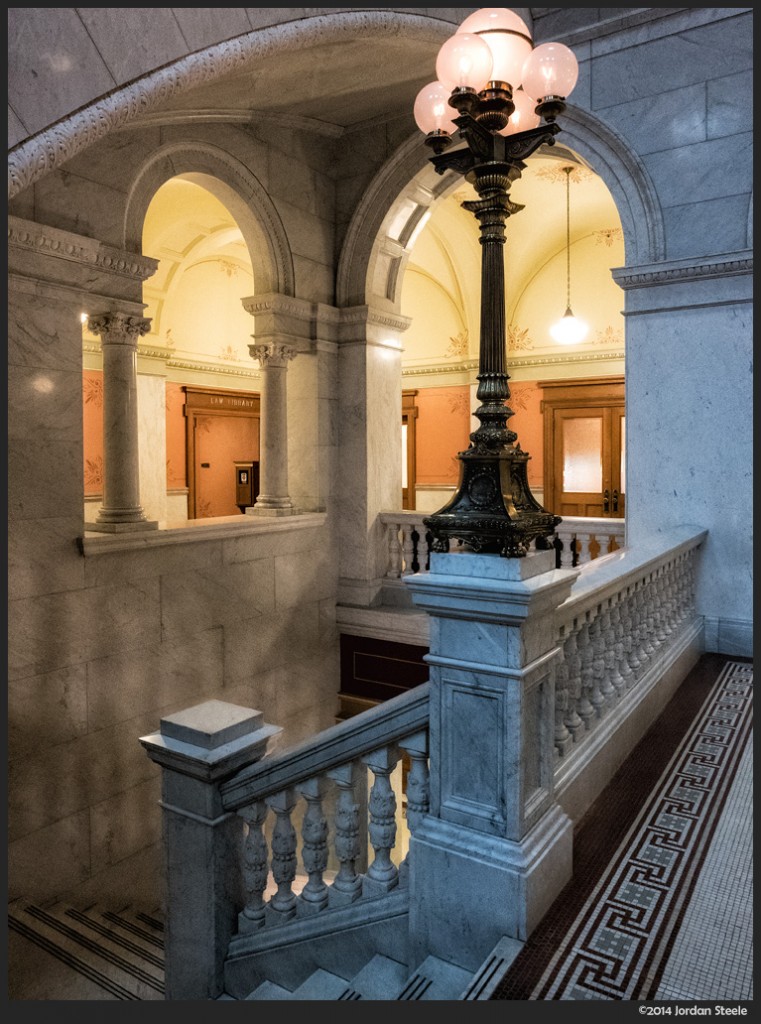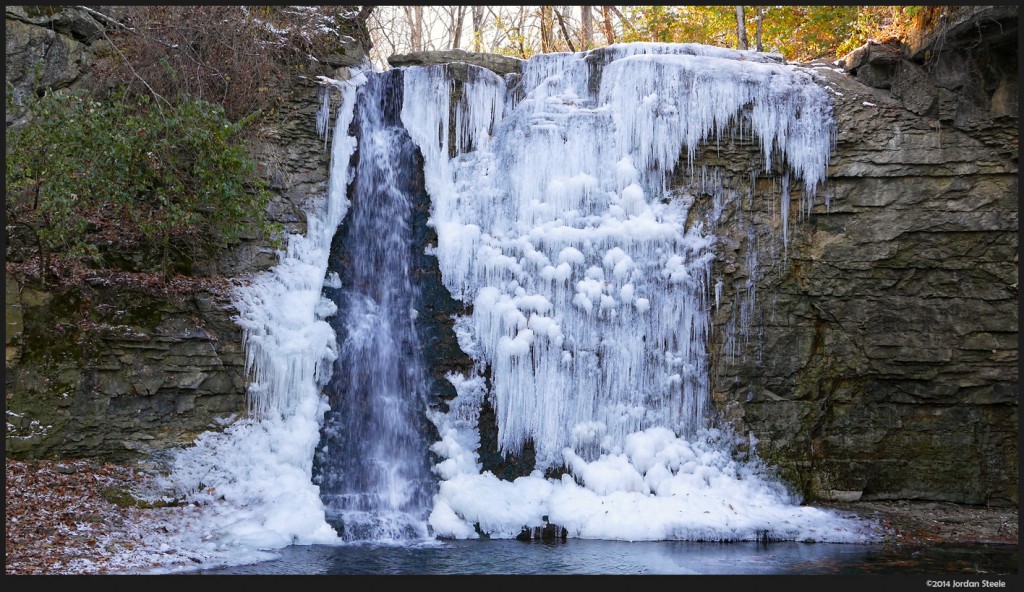Image Quality
Lens

The LX100 manages to cram a 24-75mm equivalent lens with a fast maximum aperture of f/1.7-2.8 into the small body of the camera, which is a rather ambitious design. As a result, there are some optical compromises in the lens, though the overall quality remains on a high level.
Image sharpness is quite high in the central part of the frame at all focal lengths and aperture. Stopping down improves edge sharpness, though some residual edge and corner softness remains, especially at the wide-angle portion of the zoom range. A lot of this has to do with the absolutely massive distortions at the wide end that are corrected both in JPEG and in Lightroom. This correction does result in a final image that has minimal distortion, but at the expense of corner and edge resolution. Uncorrected files at the wide end show extreme amounts of barrel distortion. Luckily, most users will never see this distortion as the lens corrections were certainly designed into the camera.
Color and contrast are very good, though the lens is only mediocre in the flare department. For the most part, images are fine, but with a bright source in the frame, such as the sun, the camera lens can show a small bright green blob in the frame and some purple artifacts around the light source, but I’ve definitely seen much worse. Veiling flare isn’t much of an issue.
The fast aperture does allow for some shallow depth of field. While it’s not going to reach the capabilities of a proper interchangeable lens kit with fast glass, it does allow for more depth of field control than other high end zoom compacts. Overall bokeh quality is pleasing for a lens like this, especially at the telephoto end. It’s not super creamy, but it also avoids being distracting over most of the zoom range. At moderate distances at the wide end of the range, some nervousness can definitely creep in, though.
Chromatic aberration is relatively well controlled. There is some minor lateral CA present in uncorrected files, but the lens profile in JPEG and in Lightroom completely eliminates it.
While the lens isn’t perfect and pixel peepers may be critical of the performance at the edges, overall I was rather impressed with the LX100’s optics. The zoom range is versatile and the wide aperture range allows for some moderately shallow depth of field while producing images with good resolution and a good look. Click the image above and to the right to view a full size image, processed with Lightroom 5.7. Click the green arrow at the bottom of the enlarged image to view at 100%.

Color and Dynamic Range
If you’ve used a recent 16 Megapixel Micro 4/3 camera from Panasonic, then you generally know how the LX100’s sensor performs. It has the same sensor as the Panasonic GX7, though it only uses about 12.8 megapixels of that frame. Aside from the slightly lower resolution, image quality is essentially identical, and that’s a good thing. The LX100 has good color response, which is somewhat muted in the RAW files, but can be adjusted quite well.
The dynamic range of the LX100 is excellent, providing plenty of shadow detail and lots of room in the highlights for high contrast scenes. For most situations, the camera can capture the tones in the scene without clipping at the extremes. However, this is a camera that I feel really benefits from the use of RAW.
JPEG Quality
The JPEG production of the LX100 is not bad, and is an improvement on older Panasonic cameras, but there is still too much mushy noise reduction and artifacting that can happen in smooth areas of color, even at base ISO. At high ISO, the images are fairly clean, but the noise reduction is very heavy, which obliterates detail. When looking at the JPEGs, the LX100’s image quality looks like a decent quality compact camera. When using RAW, it looks like a high quality mirrorless camera. I highly recommend shooting RAW if you are going to purchase the LX100.
Noise
As with the other sensor characteristics, the pixel level noise is on par with recent Panasonic Micro 4/3 cameras, which is really quite good. While there is some fine grain in skies even at base ISO, overall noise is well controlled up through about ISO 800. While ISO 1600 and 3200 show a fair bit of grain, they retain lots of detail, making these two ISOs more than usable for a wide variety of situations.

Even ISO 6400 through 25,600, while quite noisy for sure, can be usable for the web or small prints, due to the high level of detail retained, though 25,600 would want to be saved for emergency use only, simply due to how quickly the shadows become muddied and the color cast that begins to creep in at that ISO. Click on the images below for 100% crops at ISO 6400 and ISO 25,600, from RAW in Lightroom, to get an idea of the detail vs. noise you get at these ISOs.
Video
As I noted at the beginning of the review, I am most definitely not a videographer, so I don’t feel comfortable discussing in-depth the ins and outs of camera video usage, but with the LX100 capable of shooting 4K video natively, I did shoot a few clips, and here are my thoughts.
Autofocus in video mode works rather well, but can quickly jitter in and out of focus during filming of static subjects, as it seeks to confirm focus, which can be somewhat jarring upon playback. The camera can utilize full manual control of video, and aperture, exposure compensation and shutter speed can all be changed on the fly during recording. The camera doesn’t have a separate microphone input, so you will have to deal with the relatively sub-par sound recording unless you want to utilize a separate sound recorder and sync the video and audio tracks later.
Image quality on video was very good, with a 100Mbps 4K stream at 24p available. Detail was excellent, and color and contrast quite nice. While I don’t have a 4K monitor or television to watch the videos I took at full resolution, I did view them zoomed to 100% to see what the detail looked like at full size, and it was quite good. I noticed in scenes where I was panning the camera, the loss of fine resolution due to the slower shutter speed is much more apparent at this resolution than at 1080p.

One very nice thing about shooting 4K video is the ability to pull 8 megapixel images out of the video stream, and Panasonic has a 4K photo mode if this is your intention from the beginning. This mode allows for faster shutter speeds and non-16:9 aspect ratio photos. This has some great potential if you have space for the data and you want precise timing of a shot, though it would be impractical to shoot this way at all times. Click the image above to view a full size still image plucked from a standard frame of 4K video. This is easily high enough quality for 8×12″ prints and probably larger.
The video mode also crops in slightly to have true 1:1 pixel representation in video, so the wide end becomes limited to approximately 27mm equivalent when shooting 4K video. While the video on the LX100 probably won’t entice too many professional filmmakers due to the handling and lack of audio input, the LX100 is certainly ready for this next generation of televisions and home movies of the highest quality.







Leave a Reply